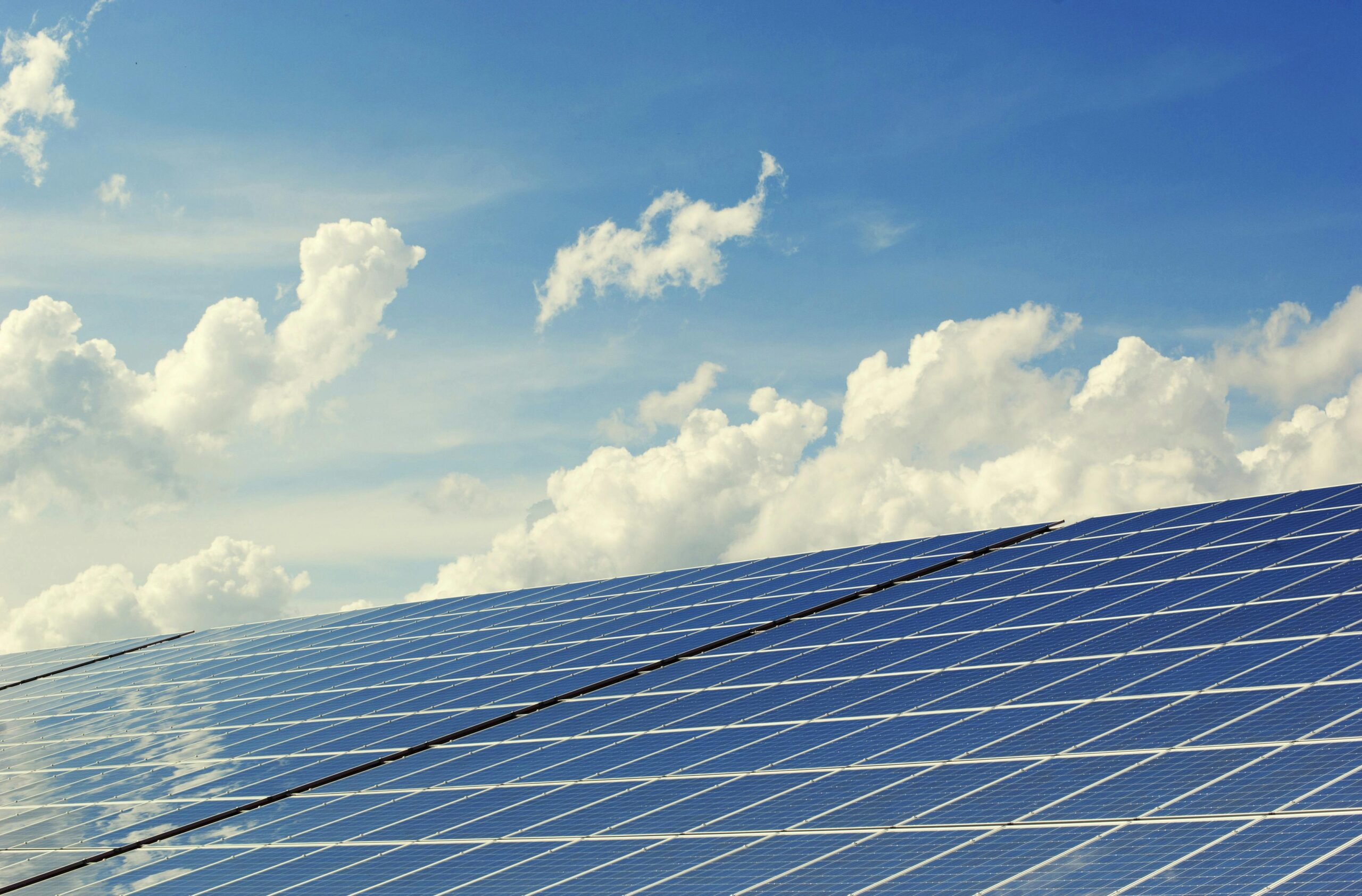By: Jackson Liu
Many European companies are introducing a new type of solar panel to the market. They were first introduced a few years ago and are growing in popularity today. These solar panels are lightweight and easy to install. All you need to do is hang it on a balcony or stick it to a wall or roof and then plug it in a wall socket, and voila! You have lowered your electricity bill.
Solar panels are large, black tiles that absorb sunlight and turns it into energy. Normal solar panels are expensive and require heavy tools or an electrician to install. These new plug – in solar panels only require you to put them somewhere and plug a cable in a wall socket to work. You can buy a complete set with mountings, inverters, and cables for as low as $400. The solar panels use inverters to convert the direct currents from a panel into alternating currents, which can then go from the cables to your house.
Germany is currently the country with the most solar panels in Europe, with more than 500,000 systems are installed throughout Germany. And with the German government altering solar panel regulations, such as making landlords and other co-op boards unable to prevent solar panels being installed, more and more people are installing them in their homes. Currently, most of Europe is dependent on Russian natural gas. That way Russia could easily control energy flow in Europe, so if Russia wanted, any country in Europe could lose most of it’s energy. The European Union is aiming to drastically increase local energy production by 2030 to become more independent.
Plug-in solar panels are also popular in the Netherlands and quickly rising in popularity in France, Italy, and Spain. At this rate, many countries in Europe might start using more green energy and solar panels would become a common sight on buildings.
Image Credit by Pixabay











